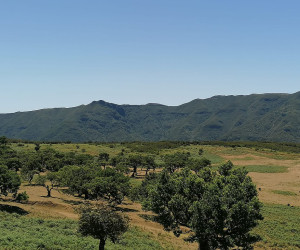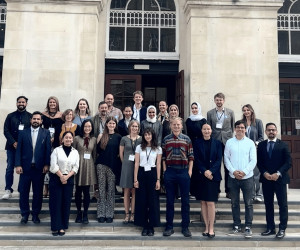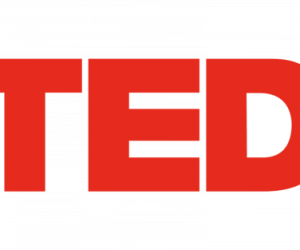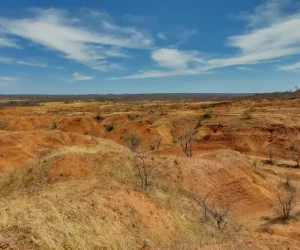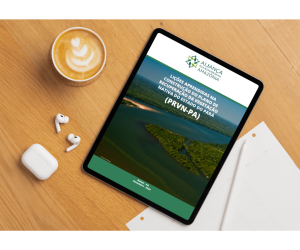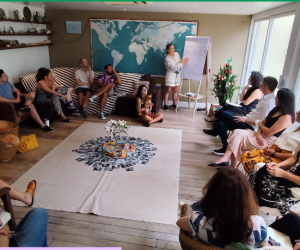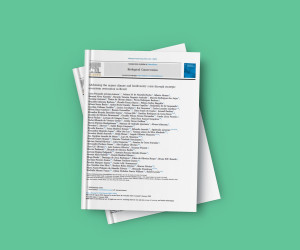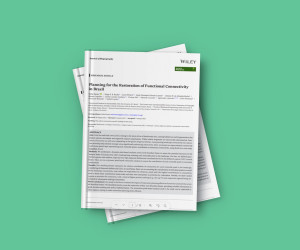Economic analysis of productive chain on the recovery of native vegetation in the region of Rio de Janeiro Central Atlantic Forest Conservation Units
Brazil is committed to recovering at least 12 million hectares of forests by 2030 under the United Nations Framework Convention on Climate Change (Brazil, 2015) and the Bonn Challenge Initiative (IUCN, 2018). These commitments are anchored in the national legislation, Protection of Native Vegetation Act (LPVN – Law nº 12.651 / 2012), and in one of its implementation instruments, the National Policy for the Recovery of Native Vegetation (PROVEG – Decree nº 8.972 / 2017), which creates a favorable political scenario to recover native vegetation in the country.
Despite its benefits, recovering the vegetation of an area generates direct and indirect costs, due to the recovery activities themselves and to the opportunity cost of the land, which are the potential returns from alternative land uses. Considering that most areas that need recovery are within rural properties and that the costs of recovery are borne by the owner, to make large-scale native vegetation recovery economically feasible is a major challenge (Crouzeilles et al., 2017). Thus, it is necessary to explore the potential for economic return found in recovery projects, that is, how to generate revenue from the activity — and not just costs for landowners. The link between recovery and the production of food, timber and non-timber forest products for sale, as well as the receipt of Payments for Environmental Services (PES) are some potential ways to generate revenue (Brancalion et al., 2012).
In order to promote large-scale vegetation recovery, spatial and territorial planning must be carried out, prioritizing areas and selecting the most appropriate models and methods for the diversity of socioeconomic and environmental contexts at regional and local levels (Rodrigues et al., 2009 ), and to meet producers’ demands. The scale gain of the recovery depends, therefore, on structuring and strengthening its productive chain, especially in the areas indicated as priorities for the recovery of native vegetation. In this context, the study Economic Analysis of Productive Chain on the Recovery of Native Vegetation was developed in the mosaic region of Rio de Janeiro Central Atlantic Forest Conservation Units. The study was carried out in three stages: i) a diagnosis of recovery activities of native vegetation; ii) an economic analysis of recovering native vegetation models and iii) an economic analysis of the recovery production chain. In the first stage, the socio-environmental characterization of the MCF region was carried out and the diagnosis of the current stage of the activities that make up the chain of recovery of native vegetation in the region, including the spatial analysis of the areas to be recovered. In the second stage, a technical workshop was held to discuss different models of native vegetation recovery in order to comply with environmental legislation. The performance of the recovery models was analyzed in different price and productivity scenarios, with and without revenues from the payment for environmental services. In the third stage, based on the integration of information from previous products, a scenario for the growth of the production chain was projected based on the spatial allocation of the recovery models in areas to be recovered in the rural properties of the region (APPs and RLs). Results of the total area allocated to each model enabled an economic analysis of the production chain and an assessment of the impact on its different links (production of seedlings and seeds, implementation of projects and commercialization of agroforestry products), which is the goal of this product. To assess these impacts, an analysis of material and capital flows was carried out. Finally, strategies for promoting the recovery of native vegetation in the region on a large scale were discussed and indicated. To this end, a survey of public policies and relevant initiatives to the activities of native vegetation recovery was done, detailing the actions and changes capable of enabling the growth and strengthening of its production chain. In addition, a development plan for this production chain was proposed to enhance the social and ecological benefits of these activities, contributing to the sustainable development of the region.
The analyses contribute to the optimization of efforts, increasing the impact and effectiveness of actions to recover native vegetation. The results of the project indicate recovery models appropriate to the different needs of the MCF region and point out necessary actions to strengthen the recovery chain in the region. The results may be replicated in other regions of the Atlantic Forest in future projects.
The study was developed within the scope of the Biodiversity and Climate Change Project in the Atlantic Forest. This is a project of the Brazilian government, coordinated by the Ministry of Environment (MMA), in the context of the Cooperation for Sustainable Development Brazil-Germany, within the scope of the International Climate Protection Initiative (IKI) of the Federal Ministry of the Environment, Nature Protection, Construction and Nuclear Safety (BMUB) from Germany. The project has technical support from Deutsche Gesellschaft für Internationale Zusammenarbeit (GIZ) GmbH and financial support from KfW German Development Bank.

